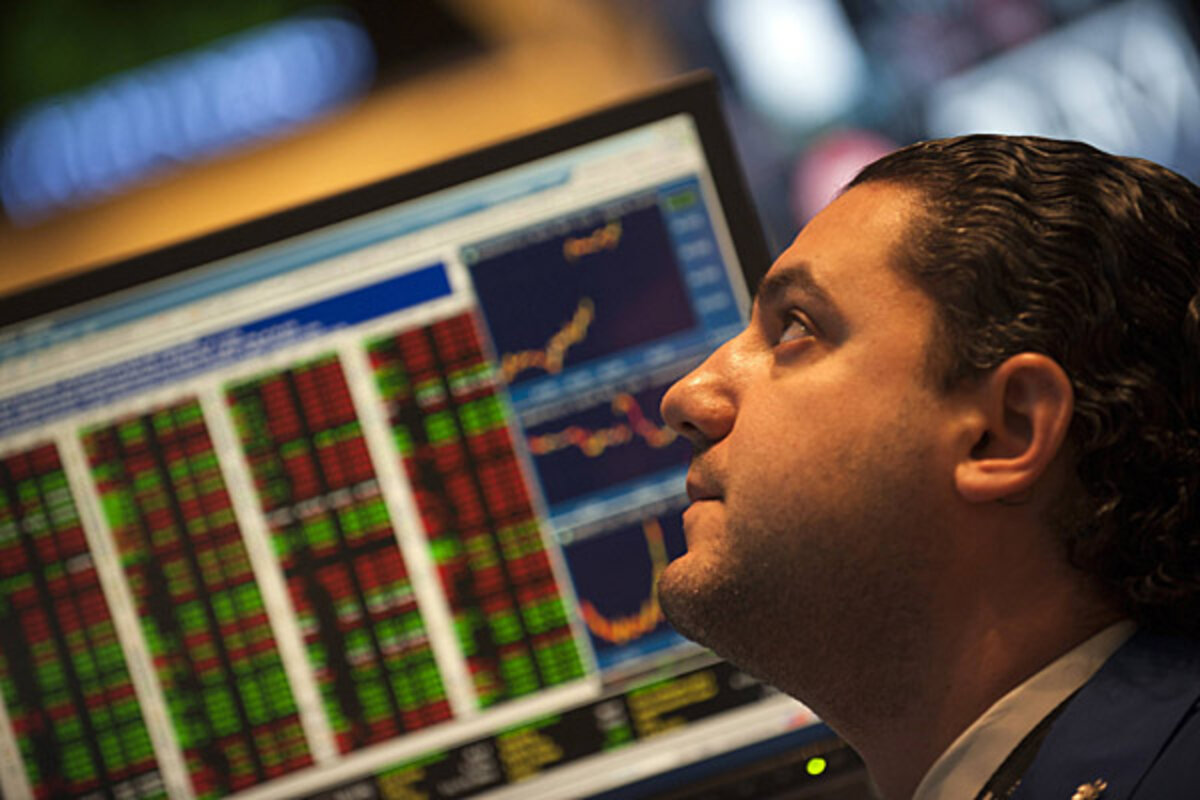A guide to dividend stock investing
Loading...
Several people have written to me recently asking me how exactly investing in dividend-paying stocks actually works. I thought I’d walk through this in a step-by-step fashion so that people can see how it actually works.
First, a few caveats.
Dividend stock investing is something I do with only a small part of our investments. It’s not my primary investment strategy, which is actually buying index funds through Vanguard. (Index funds are essentially single investments you can buy that are made up of small amounts of tons and tons of other investments – for example, some index funds just own tiny amounts of every publicly-traded stock in the United States.)
Dividend stock investing also requires that you pay attention to diversity. Buying tons of one company’s stock, no matter how strong that company is, is a bad idea because it lacks diversity. If that one company were to get into some sort of trouble and their stock begins to tank, you’ll lose much of what you have very quickly.
The example I’m going to describe below follows investment in only one company. You would want to invest in at least ten different companies in ten different industries, for diversity’s sake.
��������,��you’ll want to focus on companies that have been stable and paying dividends for a long time.Your focus is going to be on rock-solid companies that understand their business top to bottom and have been executing effectively through ups and downs for a very long time. They’re about as stable as you’re going to get. Dividend.com provides .
For this example, we’re going to look at Coca-Cola (stock symbol KO). We’re going to start off in January 2002 with a person saving $25 a week in a savings account that earns a 1% return (we’ll just figure annual interest at the end of year to keep things simple). That person buys stocks only once a year on January 1 at a fee of $10 per buy. All buys are going to be whole shares, with the fractional money staying in the savings account. All dividends from their stocks are going to flow into their checking account for next year’s purchases. We’re going to see what that person winds up with at the end of five years. I’m pulling the data for KO from , which automatically adjusts for stock splits so we don’t have to worry about them in this example, and I’m sticking with purchases of whole shares so that the math isn’t fractional and easier to follow.
In 2002, this person saves $1,300 in their savings account. It earns $13 in interest.
On January 2, 2003, KO stock sells at 44.15 per share. Our friend has $1,303 to invest ($1,300 plus the $13 interest, minus the $10 in brokerage fees). He buys 29 shares of KO, leaving $22.65 in the savings account. Four times throughout the year, KO pays a 0.11 dividend, earning $12.76 in dividends over the course of the year. This person saves $1,300 in their savings account again. At the end of the year, his savings account balance is $1,335.41, plus $13.35 in interest, totaling $1,348.76.
On January 2, 2004, KO stock sells at 50.80 per share. Our friend has $1,348.76 to invest. He buys 26 more shares of KO, bringing his total to 55 shares, leaving $17.96 in the savings account. Four times throughout 2004, KO pays a 0.125 dividend, earning our friend $27.50 in dividends. This person saves $1,300 in their savings account again. At the end of the year, his savings account balance is $1,345.46, plus $13.45 in interest, totaling $1,358.91.
On January 3, 2005, KO stock sells at 41.90 per share. Our friend has $1,358.91 to invest. He buys 32 more shares of KO, bringing his total to 87 shares, leaving $8.11 in the savings account. Four times throughout 2005, KO pays a 0.14 dividend, earning our friend $48.72 in dividends. This person saves $1,300 in their savings account again. At the end of the year, his savings account balance is $1,356.83, plus $13.57 in interest, totaling $1,370.40.
On January 3, 2006, KO stock sells at 40.79 per share. Our friend has $1,370.40 to invest. He buys 33 more shares of KO, bringing his total to 120 shares, leaving $14.33 in the savings account. Four times throughout 2006, KO pays a 0.155 dividend, earning our friend $74.40 in dividends. This person saves $1,300 in their savings account again. At the end of the year, his savings account balance is $1,388.73, plus $13.88 in interest, totaling $1,402.61.
So, let’s look at this picture for a moment – five years later, on January 3, 2007.
This person has saved $25 a week – totaling up to $6,500. That person has $1,402.61 in their savings account.
That person also has 120 shares of KO stock. That stock, on January 3, 2007, is sitting at 48.36 a share. During that entire period, it has bounced back and forth between $40 and $50 a share – you’re not buying it for the gains, after all, but the investment is holding its value. If you were to sell it (with a $10 fee from the brokerage), you’d get $5,793.20 back in return. You’d actually make a small profit on that money.
However, if you were to just sit on those 149 shares (the 120 you already own plus the 29 more you could buy while basically clearing out your bank account), you’d earn $101.32 in dividends in 2007, $113.24 in dividends in 2008, $122.18 in 2009, $131.12 in 2010, $140.06 in 2011, and $151.98 in 2012. If you reinvested the dividends, those numbers would be a bit higher – if you also kept up with the $25 per week, those numbers would be far higher (approaching $400 a year). All of this happens while the value of the stock actually climbs a fair amount, though dividend stocks are usually bought for the dividends, not for the price increase.
There are some catches, though.
���Ա�,��this is a proposition with risk. Coca-Cola might cut their dividends and their stock price might drop. If Coca-Cola had a major corporate crisis or a product disaster in that period, the picture wouldn’t look nearly as rosy. Such an investment is inherently tied to Coca-Cola’s long history of being a very steady company and continuing that steadiness. Less stable companies have a much more volatile picture. Even with a company as stable as Coca-Cola, you need to pay attention to what you’re doing.
Your best bet is to invest in a number of different dividend paying companies. Buy into one company one year, then put your money into another stable dividend-paying company in another industry the next year. Eventually, you’ll have yourself a portfolio.
�շɴ�,��there are brokerage fees every time you buy or sell. Those fees do eat up some of the return you’ll get. You want to buy and sell sparingly.
A final note: I’m not specifically recommending or not recommending this option for investing. It’s just one route worth considering – one that I’m personally following on a small scale. Depending on your risk tolerance and your life situation, it may not be right for you, and before you make investment decisions, it’s worth talking to a fee-based investment advisor.
The post appeared first on .





